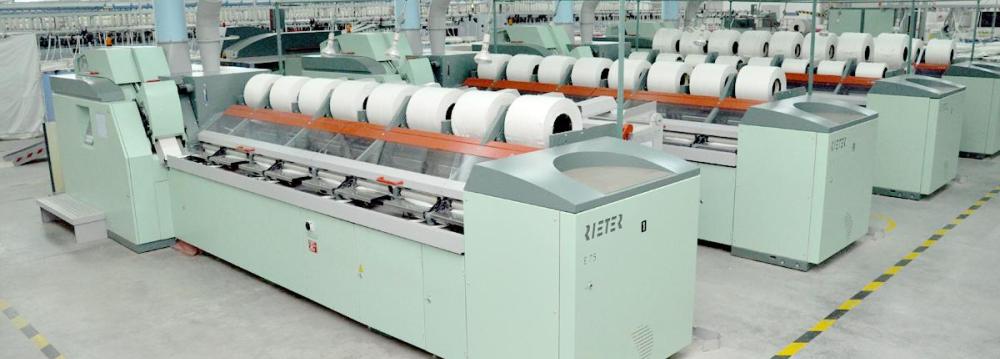Factories in China and Japan—the world’s second and third largest economies—saw scant sign of demand recovering in July, with surveys across Asia offering only crumbs of comfort after weak growth readings in the United States and Europe.
The fitful global performance was clearly on the mind of William Dudley, a top policymaker at the Federal Reserve, who used a speech in Indonesia to urge caution on raising US interest rates, Reuters reported.
“Market expectations, to my eye, derived from federal funds futures prices, which price in no more than one 25 basis-point rate hike through the end of 2017 … appear to be too complacent,” he told a conference of central bankers and financial regulators on the Indonesian island of Bali.
Among the slew of surveys out on Monday, China’s official Purchasing Managers’ Index slipped a tick to 49.9 in July, inching below the 50 mark that is supposed to separate growth from contraction.
Activity in China’s manufacturing sector eased unexpectedly in July as orders cooled and flooding disrupted business, an official survey showed, adding to fears the economy will slow in coming months unless the government steps up a huge spending spree.
While a similar private survey showed business picked up for the first time in 17 months, the increase was only slight and the much larger official survey on Monday suggested China’s overall industrial activity remains sluggish at best.
There was better news from the private Caixin version of the PMI, which covers a greater share of smaller firms, where the index picked up to 50.6 in July from 48.6 in June. That was the first expansion in 17 months.
Out of Bullets
The cheer did not extend to Japan where a painfully high yen led new export orders to shrink at the fastest pace in more than 3-1/2 years, according to IHS Markit/Nikkei. While the overall PMI nudged up to 49.3 in July, from 48.1 in June, it remained in contractionary territory.
Stocks in Japanese exporters were already under fire after the Bank of Japan decided against bold monetary easing last week, confounding expectations and sending the yen flying higher.
Weak domestic demand had a deadening effect in South Korea, where the Nikkei/Markit PMI fell to 50.1 in July, from 50.5.
South Korean exports fell more than economists expected in July, underscoring the difficulties policymakers face, even as they look to use monetary and fiscal policies to boost growth.
The government is hoping to see exports rebound in the second half of 2016. Exports fell 10.2% (estimate -6.7%), the trade ministry reported on Monday. The drop was larger than the most pessimistic projection by economists. That was the 19th straight monthly drop, it said. Imports also fell 14% (estimate -10.5%). Trade surplus was $7.8 billion, down from record $11.5 billion in June.
Manufacturing in major Southeast Asian economies took a turn for the worse in July as activity at Indonesian factories contracted and growth in Vietnamese factories slowed.
The Nikkei-Markit purchasing managers’ index for Indonesia dropped to 48.4 in July, down 2.5 index points from a month earlier and falling below the 50-point line separating growth from contraction.
Firmer Demand in India
One bright spot was India where factory activity hit a four-month high of 51.8 in July, buoyed by firmer demand at home and abroad.
As per data released by the Central Statistics Office on Consumer Price Index, the annual food inflation for June moved up to 7.79% against 7.47% in May. In urban India, the annual food inflation was 8.16%, against 7.61% in rural areas.
“India’s manufacturing economy is reviving at the beginning of the second half of 2016 after the slowdown seen in the April-June quarter, as growth in both production and new orders continued to strengthen in July,” said Pollyanna De Lima, economist at survey compiler Markit.
The output and new orders sub-indexes both rose to their highest since March.


